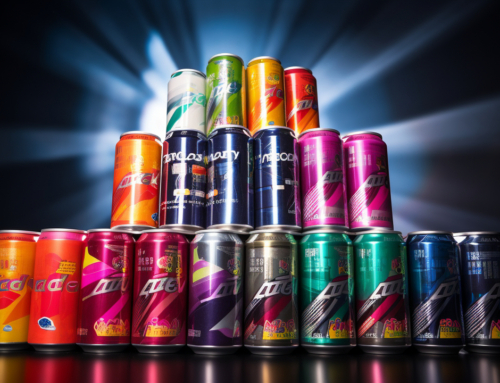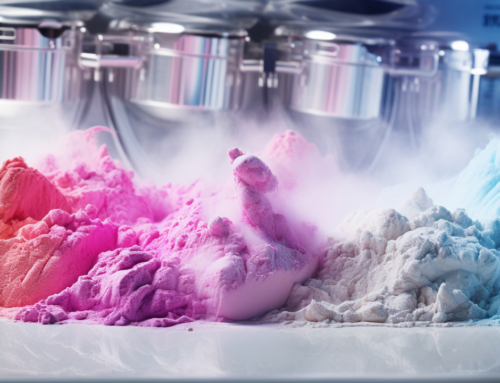Energy drinks function by harnessing a combination of key ingredients that collectively contribute to providing a quick and intense boost in energy and alertness. The primary active component in most energy drinks is caffeine, a stimulant that affects the central nervous system. Derived from sources like coffee beans or synthesized, caffeine blocks adenosine receptors in the brain, preventing the onset of drowsiness and promoting wakefulness. This results in increased mental alertness and a temporary surge in energy.
In addition to caffeine, energy drinks often contain sugars or artificial sweeteners for taste and extra ingredients for rapid or slow energy release. The sugar content contributes to the swift availability of energy, making these beverages a popular choice for those seeking a quick pick-me-up. The down side is a crash after the sugar has been processed by the body. Sugar free alternatives prevent this crash.
Other ingredients, such as taurine, B-vitamins, amino acids, and herbal extracts, are included to enhance the overall stimulating effects. The combined impact of these elements creates a synergistic effect on the body, boosting physical and mental performance. However, it’s crucial to note that excessive consumption can lead to negative consequences, including increased heart rate, emphasizing the importance of moderation in consumption.




